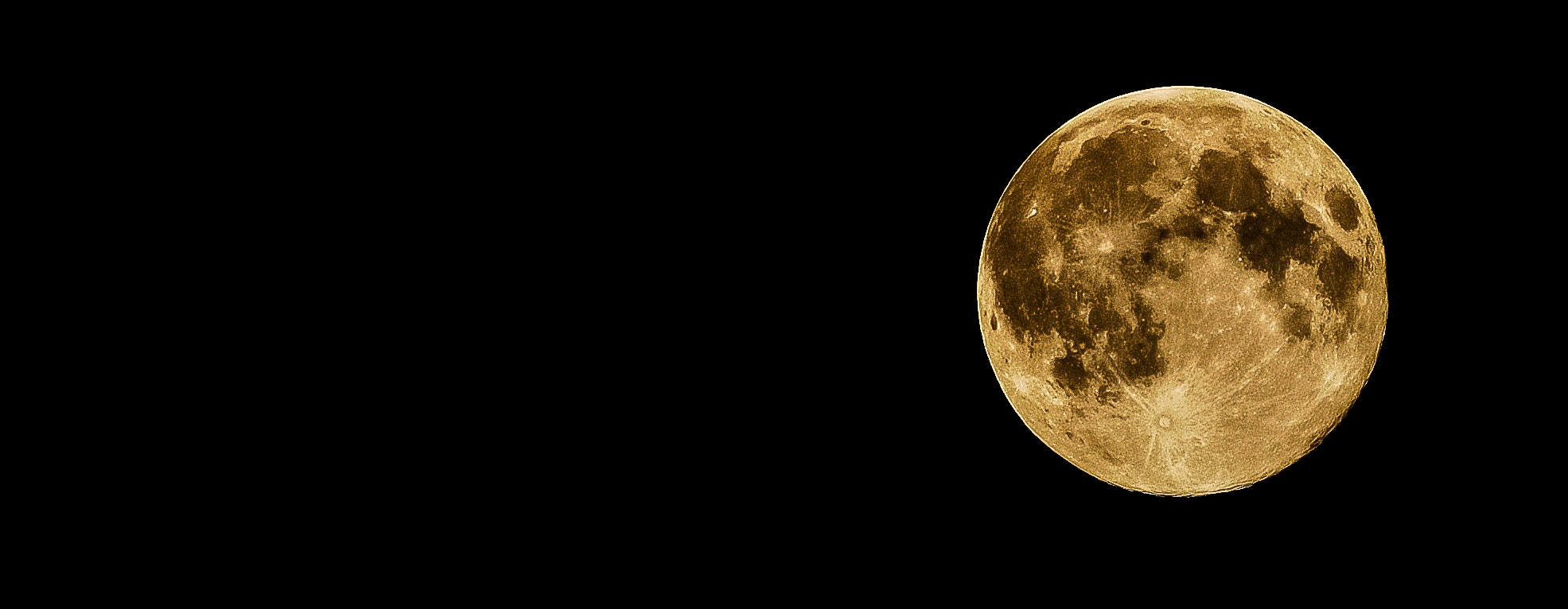
Initially celebrated by Chinese people for bountiful harvests and family reunion, the Mid-Autumn Festival, also known as Mooncake Festival, has now become one of the most important cultural celebrations in several countries including Japan, Korea, Vietnam and Singapore.
As the core element of the Mid-Autumn Festival, mooncake, a traditional Chinese dessert that has over 3,000 years of history, conveys significant cultural connotations. Its round shape represents the full moon, while its sweet flavor shows people’s desire for a better future. Surely, we all love a sweet bite of delicious moon cake, but what’s the fun if all mooncakes look alike?
To make our festival experience more intriguing, museums around the globe have designed and launched their own mooncake gift boxes. With different cultural elements and innovative flavors, people around the globe can now enjoy the happy holiday in their own way. Follow us and have a look at these interesting designs!
The British Museum
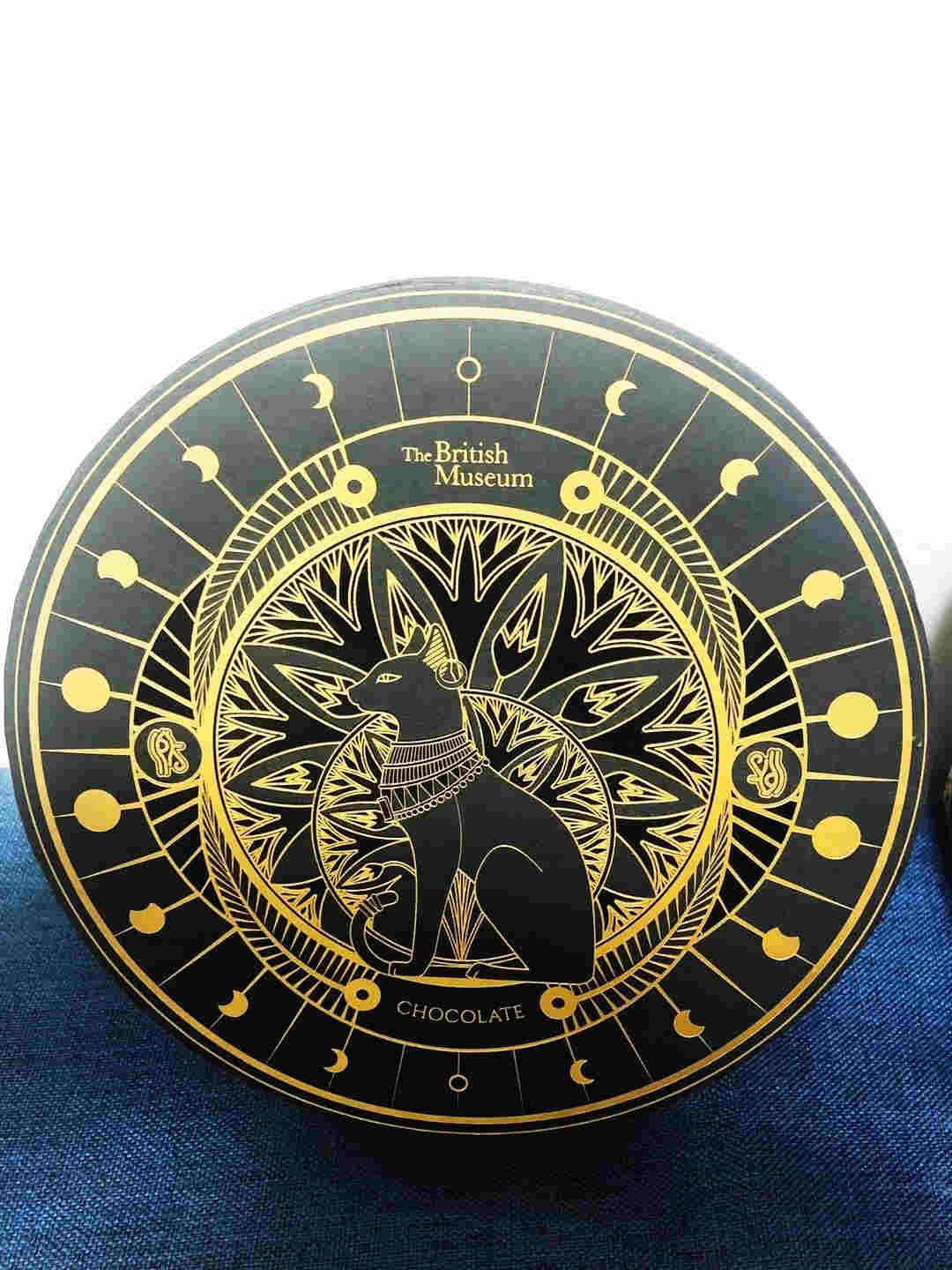
Symbol of the Moon: Gayer-Anderson Cat
Unlike the ancient Chinese who worshiped the Jade Rabbit as a symbol of the moon, the ancient Egyptians believe that Bastet, the cat goddess, is the “Eye of the Moon.” With a cat face and a human body, Bastet is often recognized as a goddess of pregnancy and childbirth, possibly due to the fertility of domestic cats. She is also taken as the protector of family, who shields her believers from contagious diseases and evil spirits.
Based on Bastet’s mythologies, ancient Egyptians have created countless artwork regarding cats, with the Gayer-Anderson Cat being one of the most famous. A bronze figure depicts Bastet wearing a silver protective pectoral and a nose ring, as well as golden earrings. The scarab beetle on the cat’s head and chest symbolizes rebirth, while the silver wedjat-eye on the pectoral invokes protection and healing.
The statue most likely comes from an ancient Egyptian temple, and is named after Major Robert Grenville Gayer-Anderson, who donated the statue to the British Museum in 1939.
The British Museum’s mooncake gift box also contains a moon chart that shows the lunar phase change from a crescent moon to a full moon.
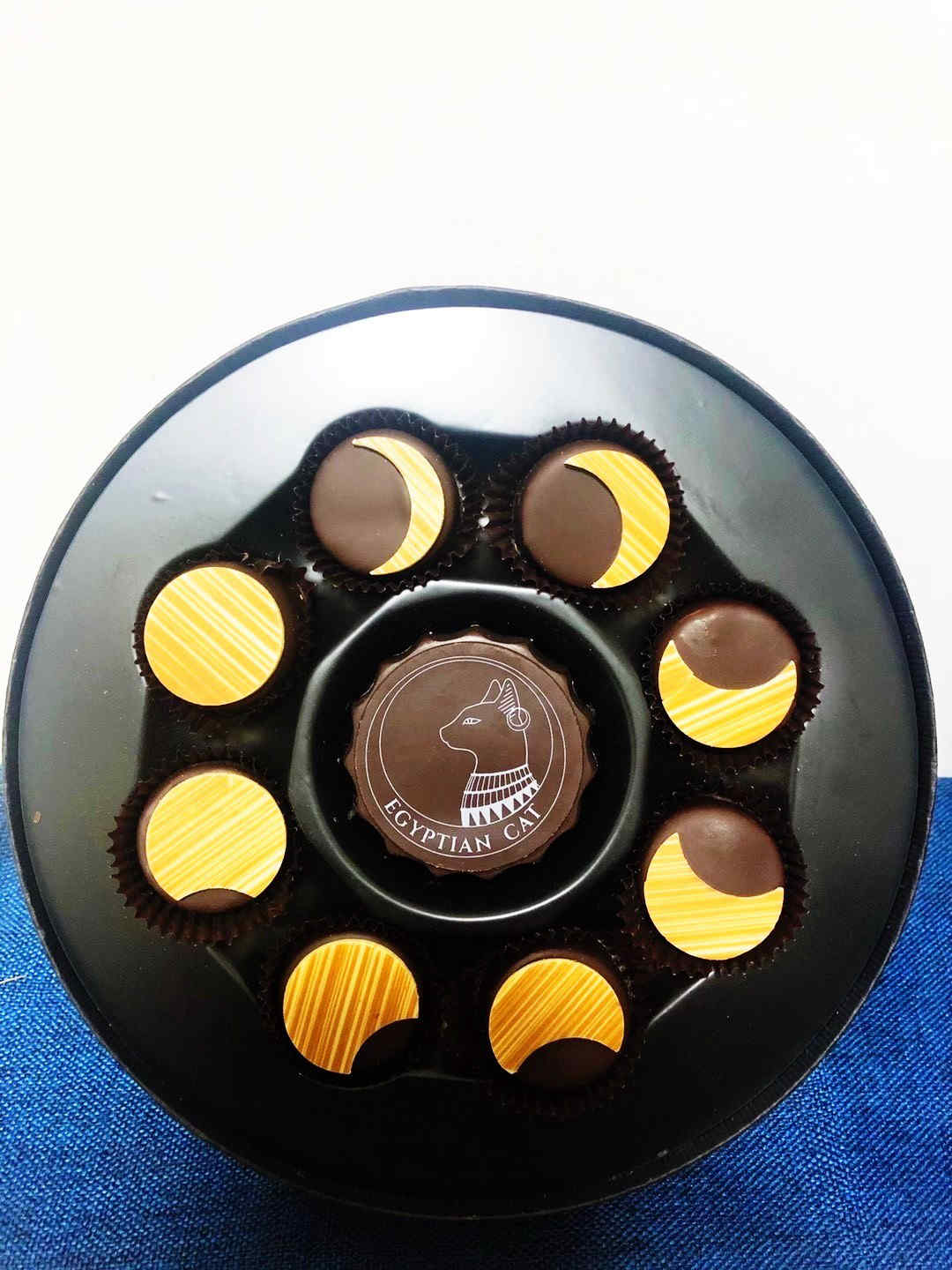
Innovative mooncake flavor:
Traditionally mooncakes are made using pastry, but the British Museum has tried a different way, creating its own chocolate mooncake. The moon on each cake is made by white chocolate, while the cake itself is pure black chocolate. The chocolate mooncake has two flavors, coconut and rum, defying mooncake tradition.
The Metropolitan Museum of Art
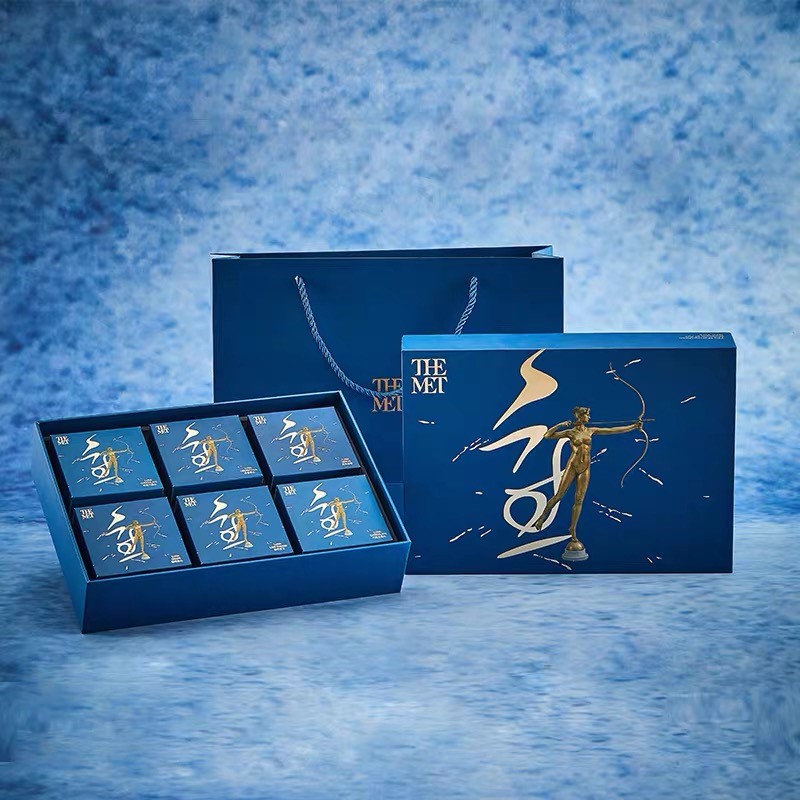
Symbol of the Moon: Diana of the Tower
For Chinese people, the Moon Goddess is Chang’e, who drank the elixir and flew upward toward heaven, choosing the moon as her residence. Diana, on the other hand, is a goddess in Roman and Hellenistic religion, who is considered a patroness of the moon and hunters. Totally different from her docile and mild Chinese counterparts, Diana is a brave warrior with excellent skills in archery and hunting.
The goddess has always been one of the favorite subjects of Western literature and art. Diana of the Tower, an iconic statue by sculptor Augustus Saint-Gaudens, was once a famous New York City landmark. It was originally used as a weather vane for the tower of Madison Square Garden in 1891, while Model Julia “Dudie” Baird posed for the body of the statue. During the old days, the gilded figure caught the sun and could be seen from all over the city as far as New Jersey. Electric lights, then a novelty, illuminated it at night; it was the first statue in history to be lit by electricity.
In the following years, the original statue was destroyed in a major fire, but its many replicas remain in several museums across the US, showcasing the glory of Modern American art. A 1928 cast is kept in the Metropolitan Museum of Art today.
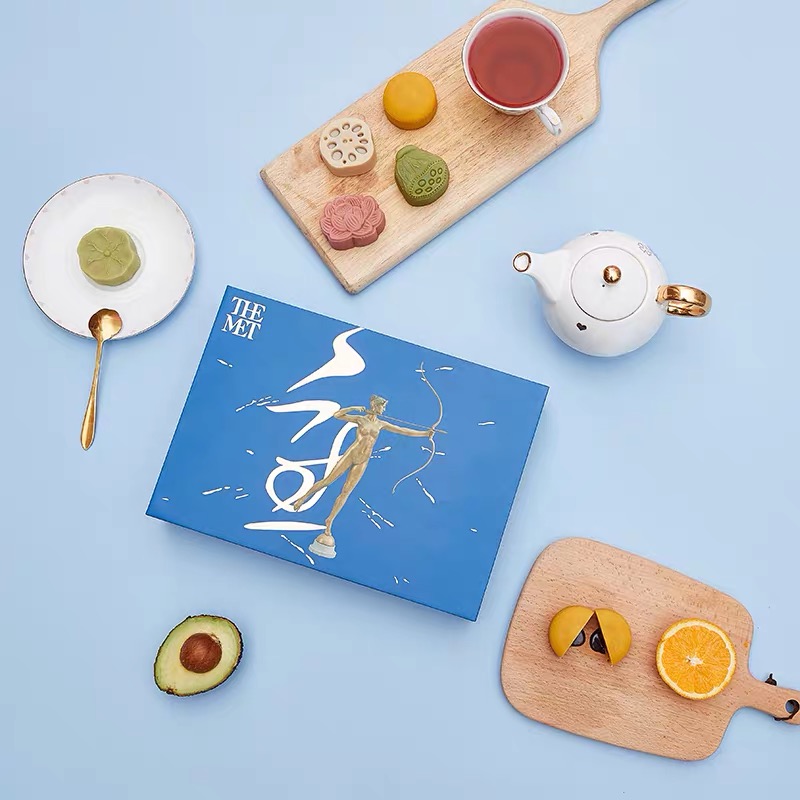
Innovative mooncake flavor:
Different from its western style package, the Metropolitan Museum of Art mooncakes are designed in the form of lotus and moon, both are lucky and propitious signs in Chinese culture. The cake has six unique flavors with a combination of traditional Chinese and Western dessert: lime cheese, grape candy, osmanthus candy, liquid chocolate and soy milk mochi.
Van Gogh Museum
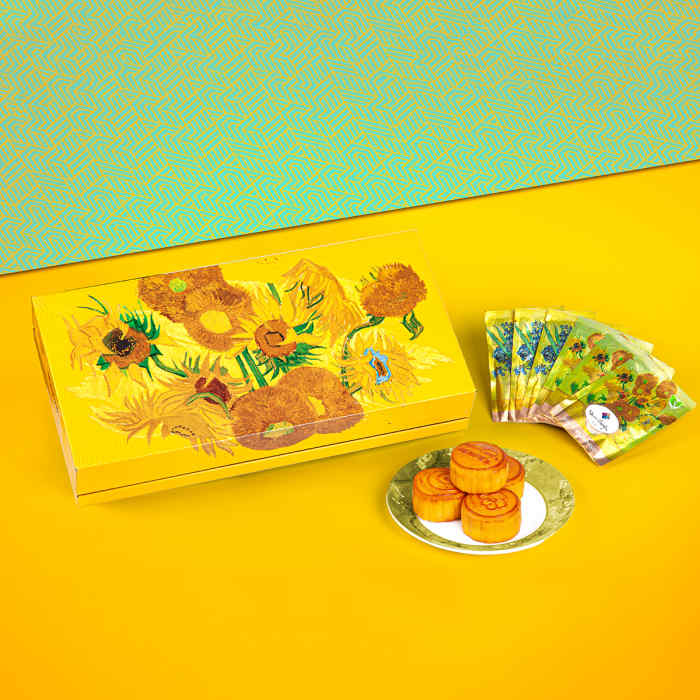
Symbol of the Moon: Sunflowers
It may sound odd at first that sunflowers are taken as the symbol of the Mooncake Festival, but the Van Gogh Museum has its own concerns. Traditionally, the Mooncake Festival is celebrated for its autumn harvest, thus full moon in Chinese culture also represents harvest and prosperity. Sunflowers, which are a symbol of autumn harvest, with its seeds being a favorite snack for Chinese people, is no doubt a great representation of the Mooncake Festival spirit.
Van Gogh’s series of sunflower paintings might be his most renowned artwork. The flowers glow in richness the more observers look at it. Van Gogh painted a total of five large canvases with sunflowers in a vase, with three shades of yellow ‘and nothing else.’ In this way, he demonstrated that it is possible to create an image with numerous variations of a single colour, without any loss of eloquence.
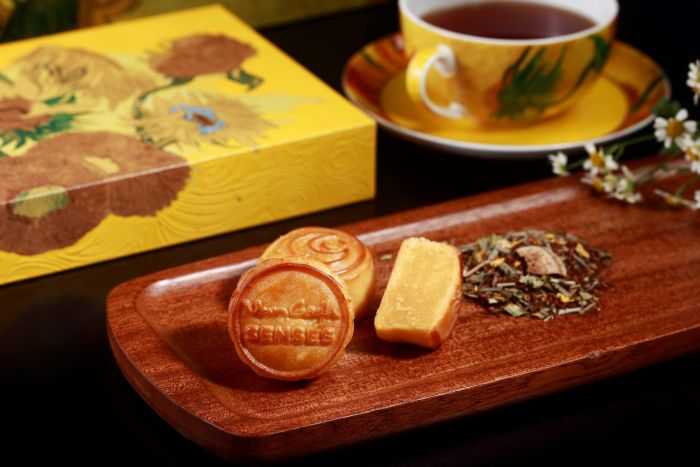
Innovative mooncake flavor:
Van Gogh Museum’s mooncake flavor is quite traditional: milk and yolk flavor, which is the favorite for people in China’s Cantonese-speaking regions such as Guangdong and Hong Kong. But the museum has taken the initiative to combine the mooncake with flower tea, which adds refreshing feeling to the festival feast.
Shaanxi History Museum
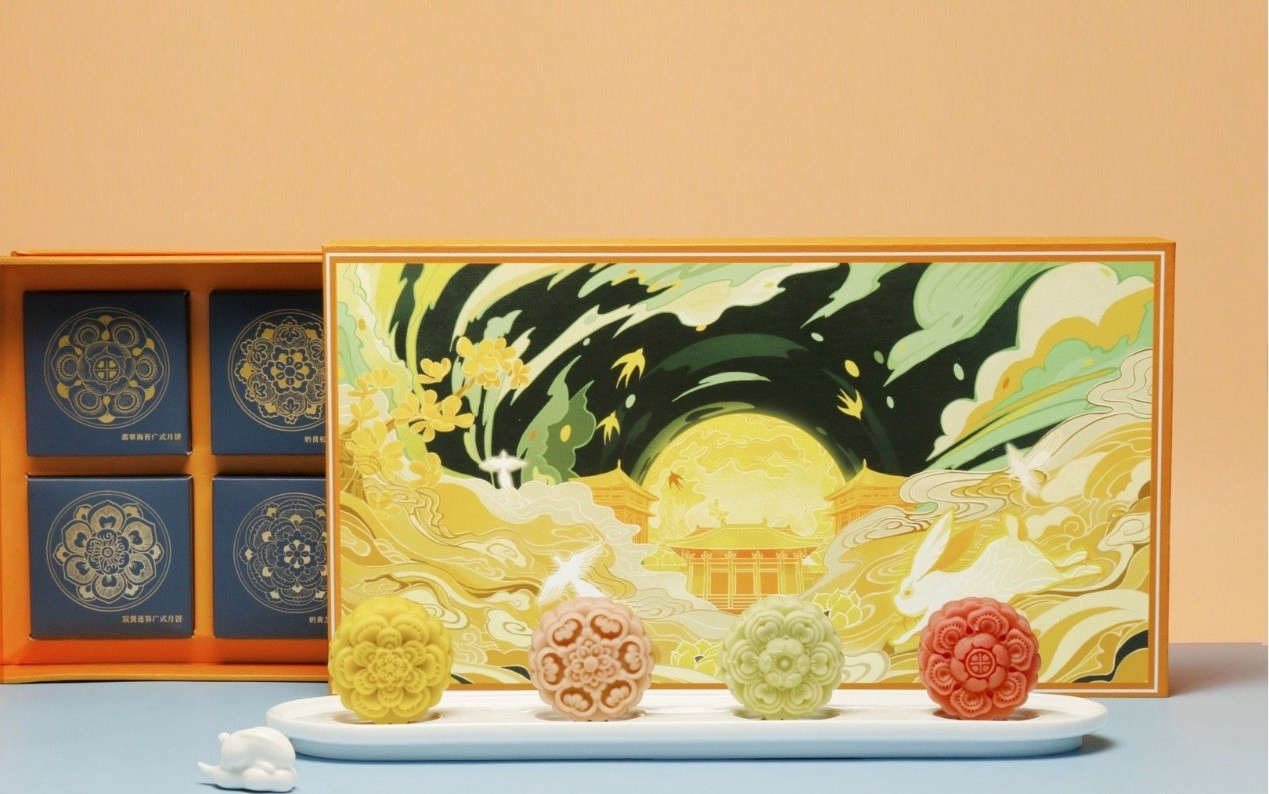
Symbol of the Moon: Jade Rabbit
According to Chinese folklore, the Jade Rabbit used to live in a forest with other animals. One day, the Jade Emperor disguised himself as an old, starving man and begged the jade rabbit for food. Being weak and small, the jade rabbit couldn't help the old man, so instead it jumped into the fire so that the old man could eat it.
Moved by the generous gesture, the Jade Emperor (the first god in Chinese mythology) sent the rabbit to the moon, and there he became the immortal Jade Rabbit. The Jade Rabbit was given the job of making the elixir of immortality, and the story goes that the rabbit can still be seen creating the elixir with a pestle and mortar on the moon.
Now in Shaanxi History Museum, a talc rabbit statue, created by an unknown artist in the Tang dynasty (618-907), has caused an online frenzy due to its adorable design. The rabbit was once used to put on top of loose bamboo mats to keep them in place, but netizens joked that it looks like a mouse attached to a computer. Due to its popularity, the museum has made a copy of the statue, offering it as a gift in the mooncake box.
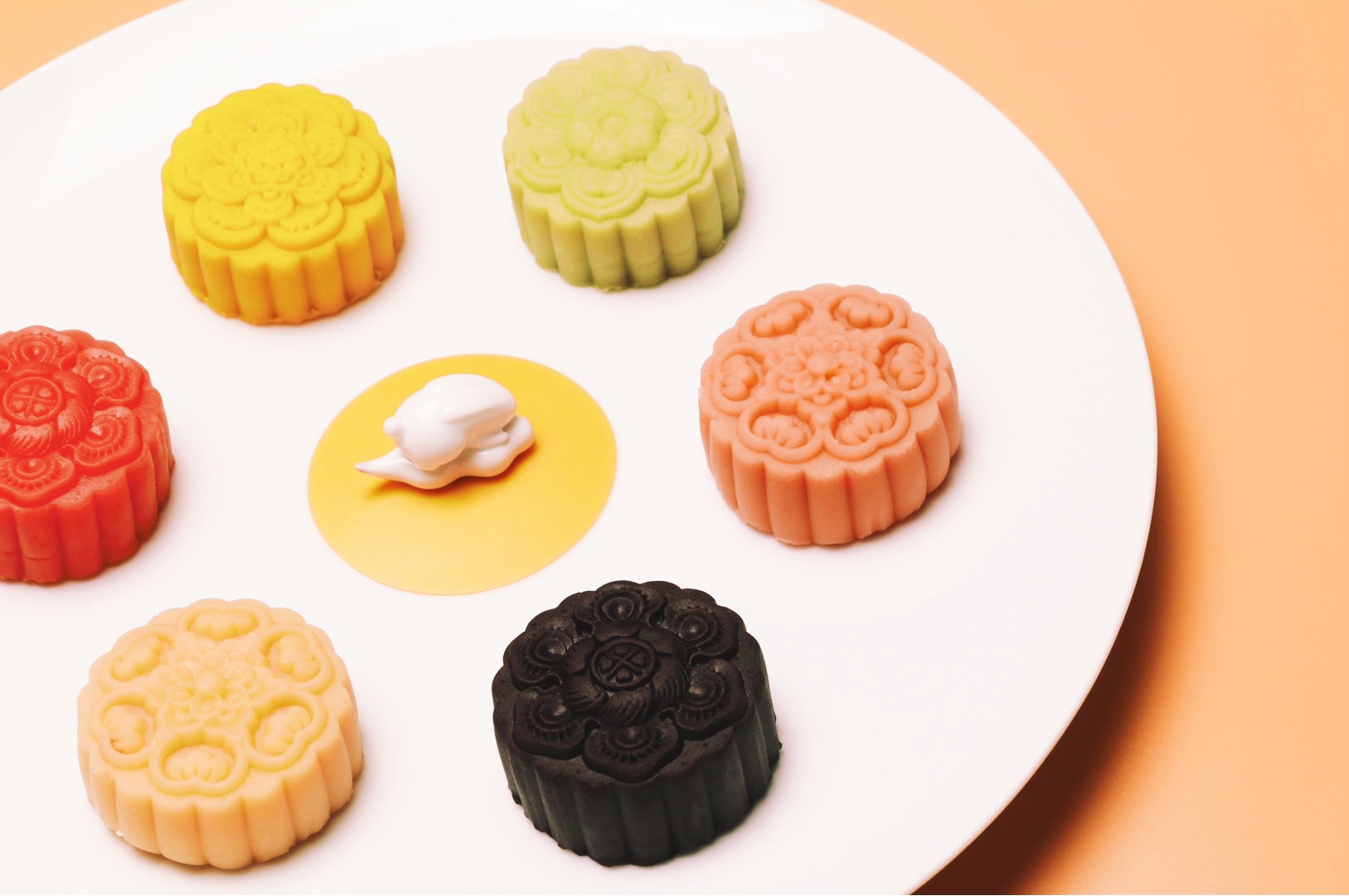
Innovative mooncake flavor:
Located in the northern part of China, Shaanxi province’s mooncakes are the best representation of North China’s cuisine culture. There are four traditional mooncake flavors, which are yolk and bean, black sesame, orange and nuts. Mooncakes in north China are generally sweet in flavor, so remember to just take a little bite!
Suzhou Museum

Symbol of the Moon: moonlight paper painting
In the southern part of China, the ancient ritual to worship the Moon Goddess during the Mid-Autumn Festival can be quite complicated. During the festival, moonlight paper, which is decorated with golden powder in different colors, can be seen in all shops. The paper contains images of Chinese Buddhist icons, the Moon Goddess, the Jade Rabbit, and is supposed to be burnt under the full moon to bring good luck.
Suzhou Museum has used moonlight paper painting to create the cover of its mooncake box. The cover picture, known as Yituanheqi (benevolence and harmony), was a famous painting created by Chenghua Emperor (1447-1487). The original picture depicts Tao Yuanming, Lu Xiujing and Zen Master Hui Yuan embracing each other, reflecting the traditional Chinese syncretic concept of the combination of the three teachings. Modern artists have transformed the three into a child wearing traditional Chinese costumes, making it more appealing to the customers.
Innovative mooncake flavors:
Traditionally, mooncakes in South China have a salty flavor, generally filled with either pork or yolk. This year, Suzhou Museum has tried creating flower flavored mooncakes, such as osmanthus and jasmine. It has also launched a set of fruit and flower wine to go with the mooncakes, including peach wine, plum wine, osmanthus wine, jasmine wine and grapefruit wine.

